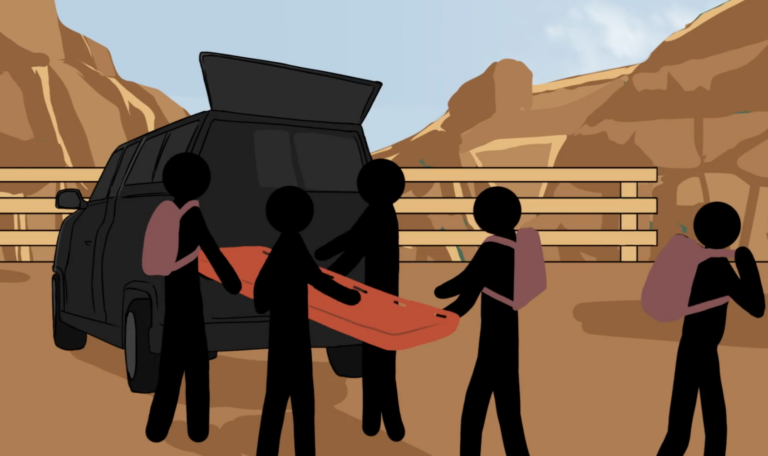In times of distress, when lives hang in the balance, technical skill can only get you so far. High-angle rescue teams are experts in rope rescue techniques, rigging, and safety, but what keeps them ahead of the game is their fitness, both physical and mental. They need to be able to scale heights, stay focused under pressure, and avoid succumbing to the emotional strains of rescue work. This blog post delves into the crucial role that fitness plays in high-angle rescue operations.
Physical Prowess
Fitness in high-angle rescue operations is not just about brute strength; it’s about having the agility, stamina, and endurance to survive the rigors of the job. High-angle rescue missions often involve long, steep hikes to the rescue site in remote locations with heavy technical equipment and tools. During the actual rescue, the team must climb, crawl, and balance on precarious ledges, hauling heavy equipment. They need to have the physical dexterity to make quick decisions under immense pressure. High-angle rescue teams undertake rigorous fitness training programs that cover strength and endurance workouts, rock climbing, and cardio sessions.
Mental Fortitude
The success of any high-angle rescue mission is also down to the mental strength of the team. When dealing with life-threatening situations, the stakes are high, and emotions can run high too. The ability to stay calm under pressure, focus on the task at hand, and make quick decisions can make all the difference between a successful rescue and a tragic loss. High-angle rescue teams must undergo mental resilience and stress management training to help them deal with the emotional strains of the job more effectively.
Emotional Resilience
Emotional resilience is another vital component of high-angle rescue team fitness. Human loss and tragedy are a regular occurrence in the rescue line of work, and rescue personnel must prepare for this possibility. Teams need to develop their coping mechanisms and strategies through peer support, counseling, and other forms of emotional support. The ability to deal with traumatic experiences and quickly bounce back is essential for the lasting success of the team.
The Fitness of Mastery
To be an expert high-angle rescue team requires meticulous attention to detail and a sustained focus on mastering the numerous technical skills necessary for the job. But these technical skills are only part of the story. Without adequate fitness, rescue personnel can quickly exhaust themselves and become a liability in the rescue operation. That’s why high-angle rescue teams approach fitness as a core component of their mastery, honing their physical, mental, and emotional fitness through rigorous training programs and ongoing education.
Conclusion:
High-angle rescue work is demanding and requires personnel of exceptional fitness, mental fortitude, and emotional resilience. In addition to technical skills and knowledge, great rescue teams must maintain peak physical fitness to endure unforgiving terrains and be capable of making snap decisions in hazardous situations. All of which is expected of them along with the emotional discipline to face trauma and loss regularly. Therefore a high-angle rescue team must focus on developing and mastering their fitness portfolio to keep the community safe during emergencies.
Peace on your Days
Lance









